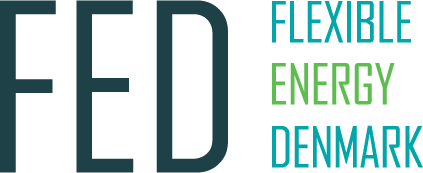Published 27. May. 2021
Towards the energy system of the future: Dietrich Schmidt
Digitalization, Big Data, flexibility and energy communities – these are just some of the elements that will play a major role in the energy system of the future. In the spring of 2021, we sat down with district heating expert Dietrich Schmidt (D) for a talk about the current state of the energy system in Denmark with a special focus on the role and development of district heating.
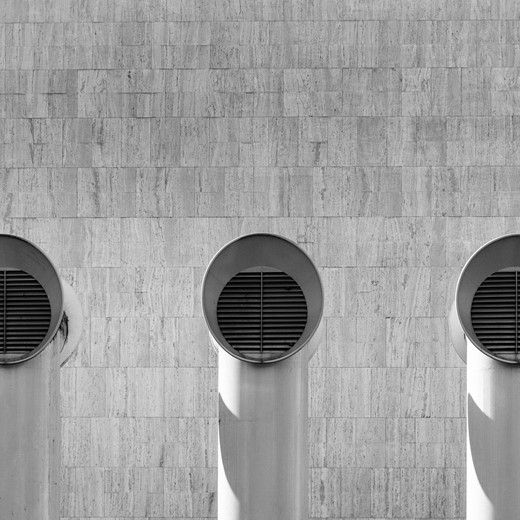
1. The role of district heating in the overall energy system
In most European countries, the heating sector is responsible for 50% or more of the total energy consumption and the total CO2 emissions. But, everybody is talking about EVs as the main solution to reaching the climate goals – but it is a tiny part compared to the heating sector.
In my opinion, we need to look at the wider picture of how all these things are related to each other, and I think the key issue is, what about the transition of the heating sector? It feels like it is often forgotten in political discussions, because it is much more fancy to talk about EVs or building new wind power plants. But we have the hardest and biggest work to be done in the heating sector – and also a huge potential. Because at the end of the day, we just need to heat up houses to 23 degrees – it is not rocket science. Let’s start to implement more district heating systems and to retrofit our houses! And there are huge energy savings to gain.
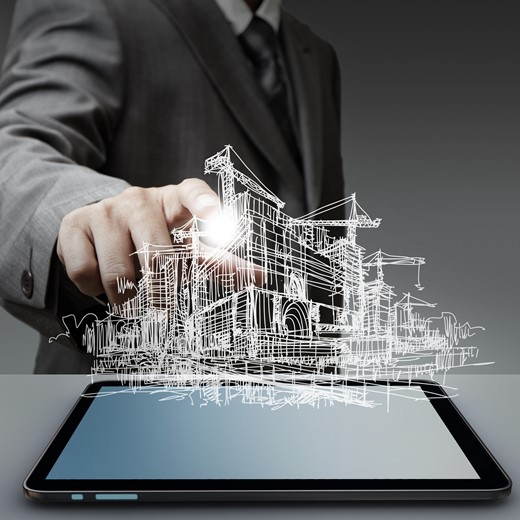
2. The challenge of lowering temperatures
Compared to Germany, Denmark has a very extensive use and implementation of district heating, and a long tradition for using it, which also means a solid trust in the system among the consumers. This might make it easier to test and implement different technologies and strategies for lowering the temperature in the system, on the one hand, and on the other hand we have the utility companies who are willing to implement and help develop new technologies as long as they can be integrated into the business concepts and strategies of the utility companies. But what we need to focus on in this connection is business models and of course the digitalization to facilitate system integration, including aspects such as optimal operations, safety and reliability, etc.
Consider a situation where you need to supply 100 degrees heat for a building because that is how the system is designed. It is harder to integrate low-temperature solar heat into these high temperature systems. But, if you have for example 40 degrees heat, it is quite easy from a technology perspective to integrate low temperatures or use waste heat. Then, if we have buildings that need higher temperatures, maybe because they are old, we can add in a booster station so that the grid supplies the base load and you back that up with local boosters for buildings that need higher temperatures. This is a new way of thinking, especially in the German context.
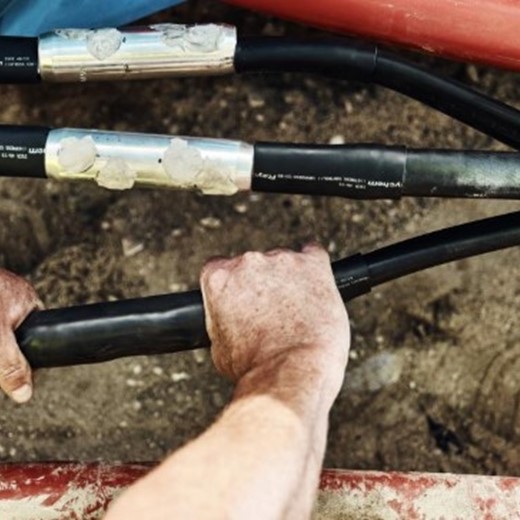
3. Using different kinds of energy sources
Denmark is already at the forefront of renewable energy, and German companies and authorities often look to Denmark to see what is going and which principles and technologies may be transferred to the German context where the systems are, of course, larger, but also have different traditions of operations.
We in Germany need to adapt the technologies and systems that fit our society – but in Denmark, you also need to continue the trends that are already going on – a wider implementation of renewable powers, but also a wider implementation of waste heat. But this also means that we need to change consumption patterns from being used to a situation where the energy is just there when we need or want it, to using energy when it is there for us – of course taking into consideration certain types of consumption that cannot be shifted in time.
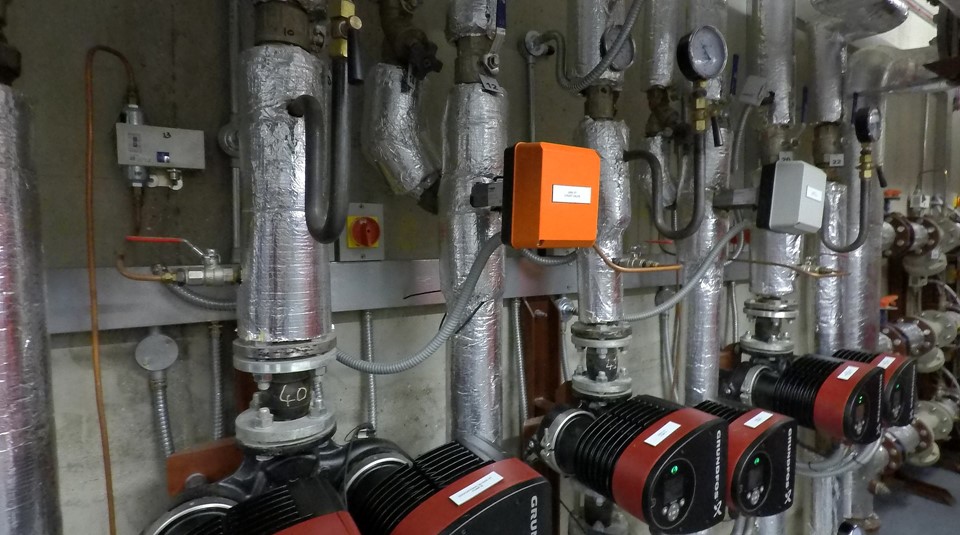
4. Utilizing the inertia in the heating system
With regards to the heating system and changing consumption patterns, we will of course not see situations where people do not have heat in the winter because it is overcast and there is no wind. It is a matter of implementing cleverness into the system so we can take into account fluctuation, the varying nature of energy production from renewable sources, etc.
In district heating, we can utilize the way the system works, in order to be able to do this. For example on a winter morning, everybody is getting up and taking a shower, which causes a peak load as all users require energy at the same time. But there are already systems where you start to preheat hot water boilers earlier in the night so that you flatten the peak. There are also systems where you simply switch off the heating for a while, because as a user you will not notice that your heating system is switched off for an hour or two because the inertia in walls, floors, etc., is still there so for instance room temperature will not drop. That way, you put all the power into the water preparation, and when people are done with their showers, you return to heating the houses.
All this is possible, but of course you need to set it up so that the consumers do not themselves need to turn off thermostats and things like that. You need to do it automatically, and you need to do it by integrating the consumers. But, they should not feel what is happening. You need to maintain the trust that the system will ensure the high level of comfort that the consumers are used to.
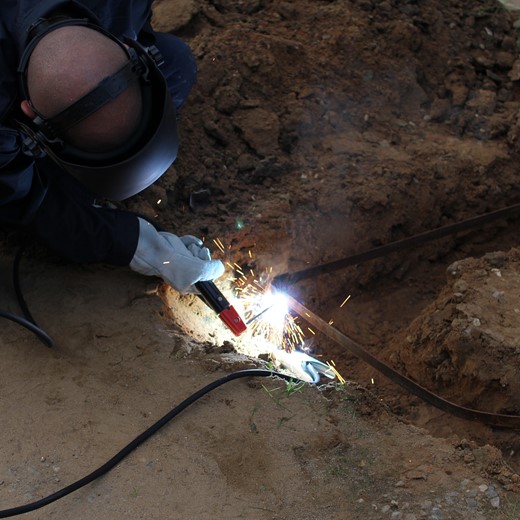
5. Making the system more efficient
Of course when considering the district heating system, we also need to look into how to make the system more efficient on a large scale. In overall terms, I think the key issues will be to take a look at how the system is designed and operated , where can we make this more efficient, for instance by eliminating bypasses, and where can we integrate more waste so we make the energy going into the system more sustainable.
We need to consider all aspects of the system – from sustainable power production through the distribution of heat across large distances, to distribution from the grid into houses and apartments and to controlling or changing consumption through integrating district heating into the overall energy system and enabling flexibility.
